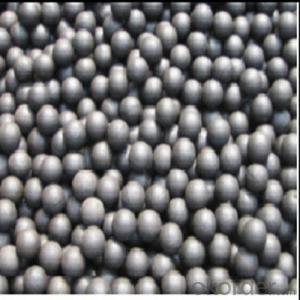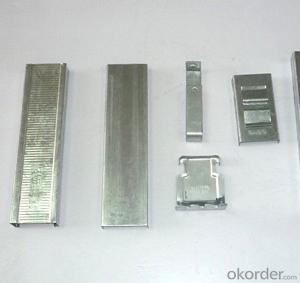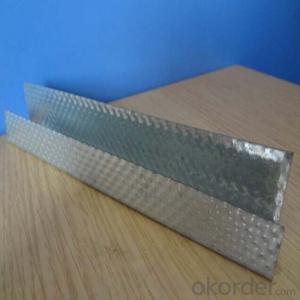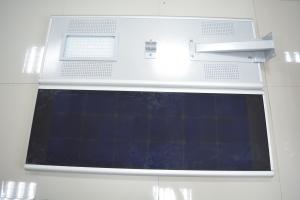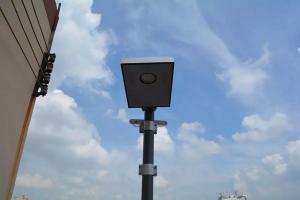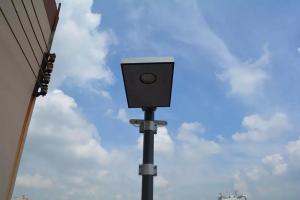Best Solar Inverter In Kenya
Best Solar Inverter In Kenya Related Searches
Best Paint For Stainless Steel Best Inverter For Solar System Solar Panel Inverter For Home Best Inverter For Solar Panels Best Solar Inverter For Rv Bending Machine For Pvc Profiles Micro Inverter For Solar Panel Best Glue For Aluminum Foil Pvc Foil For Mdf Plastic Wall Coverings For BathroomsHot Searches
Type Of Inverter For Solar Price Of Shipping Containers For Sale Types Of Inverter For Solar Used Sandwich Panel For Sale Bags Of Cement For Sale Pvc Chairs For Sale Tilt Panel Props For Sale Types Of Temporary Side Panels For Cement Deck Cost Of Awnings For Decks Type Of Scaffolding With Pdf Price Of Scrap Stainless Steel Price Of Stainless Steel Scrap Price Of Stainless Steel Type Of Stainless Steel Best Solar Inverter In China Types Of Stainless Steel Grades Types Of Stainless Steel China Aluminum Coil Factory pvc pipe manufacturers in usa Sandwich Panel Price In IndiaBest Solar Inverter In Kenya Supplier & Manufacturer from China
Okorder.com is a professional Best Solar Inverter In Kenya supplier & manufacturer, offers integrated one-stop services including real-time quoting and online cargo tracking. We are funded by CNBM Group, a Fortune 500 enterprise and the largest Best Solar Inverter In Kenya firm in China.Hot Products
FAQ
- Yes, a solar inverter can work without batteries. In a grid-tied solar system, the inverter converts the DC power generated by the solar panels into AC power, which can be used to power appliances or fed back into the utility grid. Batteries are typically used in off-grid systems to store excess energy for later use, but they are not necessary for the basic function of a solar inverter.
- No, you cannot connect solar panels directly to the grid without an inverter. An inverter is necessary to convert the direct current (DC) generated by the solar panels into alternating current (AC) that can be used by the electrical grid.
- Yes, a solar inverter can be used with a solar-powered desalination system. A solar inverter is responsible for converting the direct current (DC) electricity produced by solar panels into alternating current (AC) electricity that can be used to power electrical devices. In the case of a solar-powered desalination system, the solar inverter would be essential to convert the DC electricity generated by the solar panels into AC electricity to power the desalination equipment and ensure the system functions properly.
- Some safety measures to consider when installing a solar inverter include: 1. Proper grounding: Ensure that the inverter is properly grounded to prevent electrical shocks and to maintain system stability. 2. Compliance with electrical codes: Adhere to local electrical codes and regulations to ensure safe installation and minimize the risk of electrical hazards. 3. Disconnecting power: Before starting the installation, make sure to disconnect power from the solar panels and the grid to avoid electrical accidents. 4. Proper ventilation: Install the inverter in a well-ventilated area to prevent overheating and potential fire hazards. 5. Adequate wiring: Use appropriate wire sizes and proper connections to handle the current capacity of the inverter and minimize the risk of electrical short circuits or fires. 6. Surge protection: Install surge protectors to safeguard the inverter and connected devices against power surges and lightning strikes. 7. Regular maintenance: Perform routine maintenance and inspections to ensure the inverter is functioning properly and to identify any potential safety issues. 8. Qualified installation: It is recommended to have the solar inverter installed by a qualified professional who is knowledgeable about electrical systems and safety measures. By following these safety measures, the risk of electrical accidents or system malfunctions can be minimized, ensuring a safe and reliable solar inverter installation.
- Yes, a solar inverter can be used with a three-phase power system. In fact, many solar inverters are designed to work specifically with three-phase power systems. These inverters convert the DC power generated by solar panels into AC power that can be used by the three-phase electrical grid.
- A solar inverter handles voltage dips or fluctuations in the grid by constantly monitoring the grid voltage. When it detects a dip or fluctuation, it adjusts its own output voltage accordingly to maintain a stable and consistent power supply. This helps protect connected devices from potential damage and ensures that the solar system continues to operate efficiently.
- The role of a data logger in a solar inverter is to collect and store important data related to the performance and operation of the solar inverter system. It records various parameters such as energy production, voltage, current, temperature, and other relevant information. This data is then used for analysis, monitoring, and optimization of the solar energy system.
- Yes, a solar inverter can be used in a solar-powered street lighting system. A solar inverter is responsible for converting the direct current (DC) produced by solar panels into alternating current (AC) that can be used to power the street lights. Therefore, it plays a vital role in ensuring that solar energy is efficiently utilized in the lighting system.





